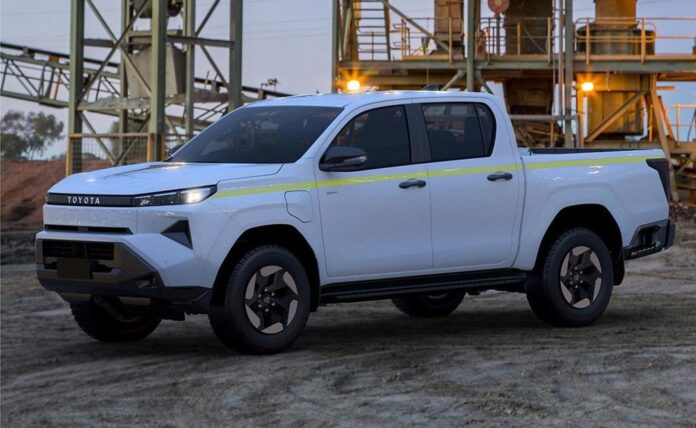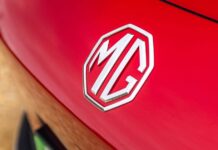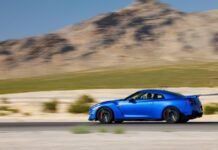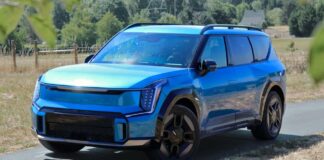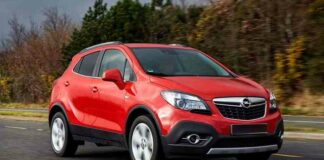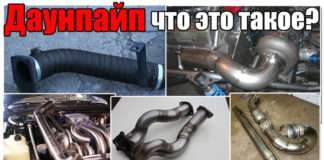Toyota is expanding its best-selling HiLux range with both battery-electric (BEV) and hydrogen fuel-cell electric (FCEV) versions, but argues that overly strict emissions regulations could hinder the transition to cleaner vehicles. The company insists the move isn’t solely about compliance with Australia’s New Vehicle Efficiency Standard (NVES), which imposes carbon dioxide limits on automakers starting in 2025.
The HiLux Electrification Plan
The next-generation HiLux will open for orders next month, with the electric variant joining the lineup in early 2026. A hydrogen-powered HiLux FCEV is confirmed for a 2028 Australian release. These additions come at a critical time, as manufacturers face penalties for exceeding emissions limits and can earn credits for selling low-emission vehicles.
However, Toyota Australia’s vice president of sales and marketing, Sean Hanley, believes the initial volume of the HiLux BEV will be “almost incidental” in meeting overall targets. He emphasizes that hybrid and plug-in hybrid models will be far more effective in generating credits.
“Any BEV is helpful because you build credits… but plug-in [hybrids] and hybrids will be incredibly helpful,” Hanley stated during a media briefing.
The Hybrid Debate
Toyota argues that a broader “Zero and Low Emissions Vehicle” (ZLEV) approach to NVES would be more sensible, counting hybrids alongside pure electric and fuel-cell vehicles. The company fears that excluding hybrids from credit calculations will slow down decarbonization efforts by discouraging consumers.
The upcoming LandCruiser Hybrid, set to launch in March 2026, will be penalized under the current NVES rules because it doesn’t meet the 2026 emissions limits. This illustrates Toyota’s concern that rigid regulations could backfire, causing consumers to stick with older, higher-emission vehicles.
A Multi-Pathway Approach
Toyota has faced criticism for its slow adoption of BEVs, preferring a “multi-pathway” strategy that includes hybrids, diesels, plug-in hybrids, and full EVs. The company introduced its first BEV, the bZ4X, to Australia in 2025 and plans to follow up with the bZ4X Touring in 2026, the HiLux BEV, the C-HR BEV in 2027, and finally, the HiLux FCEV in 2028.
The company’s stance highlights a broader debate within the automotive industry: whether to push aggressively for full electrification or adopt a more gradual approach that includes transitional technologies like hybrids. Toyota’s message is clear: forcing consumers too quickly could stall progress rather than accelerate it.
The long-term success of these new emissions standards will depend on whether they can drive decarbonization without alienating consumers and stifling innovation.












